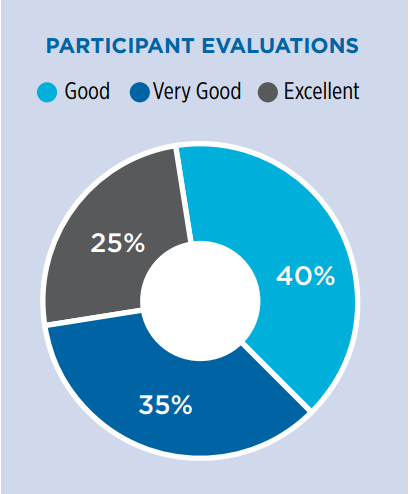Young Professionals Workshop: A Strategic 4.0 Road Map

Which road map to Industry 4.0 (I4.0) should the pharma industry follow? We explored this question during the YP workshop held during the Verona conference, leveraging “gamification” (a learning technique that incorporates game elements) to determine a strategy for the journey.
A road map describes a path that goes from point A to point B—but we all know that a straight line is rarely a feasible option. There are also multiple points of origin that can yield different approaches, perspectives, and objectives, each with potential conflicts and contradictions. In our case this means engineering, information and operational technology (IT/OT), supply chain, quality, regulatory, etc. The biggest challenge is to ensure a holistic perspective aligned with a company’s business or end goal.
The Industry 4.0 journey, shown in Figure 1, has similar strategic and tactical approaches.
Role-Playing
Participants were asked to develop a five-year I4.0 strategic road map, using four case studies from the pharmaceutical industry: an API manufacturer, an OTC and pharma health care company, a pharmaceutical logistics company, and a “big pharma” company. Each scenario was given a specific company profile, DNA, and a vision proposition, linked intentionally to Industry 4.0 solutions.
Participants were then divided into groups and assigned one of six business roles: R&D, engineering, manufacturing and supply chain, quality assurance and regulatory a airs, business unit and marketing, and business and operations/automation (IT/OT).
Each group named a CEO and a digital transformational lead, then had to agree on initiatives and investments that would bring value to their company. The objective was to identify at least two transformation initiatives per function in each of the business roles. At the end of the exercise, each group presented their road map. The process took just under 20 minutes.
The road map presented by “DermaCaring,” a fictitious over-the-counter (OTC) and pharmaceutical health care company, is shown in Figure 2.


Dermacaring Scenario
The OTC and pharma personal care sector provides patients with drug therapies for skin diseases such as cancer, psoriasis, and dermatosis. DermaCaring’s strength lies in a cutting-edge center of excellence in biotechnology and dermatology research. Finished goods are manufactured by third-party suppliers around the world.
DermaCaring’s vision and five-year goal was to implement a complete change in the drug-to-patient model. Their aim was not only to handle last-mile distribution, but to deliver the right medicine in the right quantity with real-time production. To achieve this transformational change, the DermaCaring team identified a key enabler: innovative mobile equipment for on-site diagnosis that works by taking skin samples. The equipment would be able to adjust the drug formula composition and produce the exact quantity needed by the patient. The team suggested it be placed in local pharmacies.
As the discussion started, each DermaCaring team member described the first steps for their business role or function. The digital transformational lead guided and connected the proposals from each of the six business functions, looking at correlation and timing. Figure 2 illustrates DermaCaring’s road map.
The main finding from this exercise is that I4.0 solutions were identified along with the usual business project activities and steps, converging toward the final innovative drug-to-patient model.
Outstanding I4.0 technologies or enablers included:
- Cognitive capabilities, virtualization, and digital networking of the equipment (IT/OT)
- Adaptive process analytical technologies to meet ad hoc formula development, plus fast-prototyping of concepts in partnership with the original equipment manufacturer (R&D and engineering)
- Digitalization and the collaborative relationship, and raw materials replenishment directly to pharmacies (supply chain)
Participant Feedback
Participant feedback indicated that we reached our goal. Here are some of the comments we received:
Refreshing session, good setup to unleash creativity and interactivity, reasonable results doable even in 15 min. Good opportunity to dive a bit deeper with peers rather than just small talk.
The workshop of the Young Professionals fitted perfectly well into the discussion about the Pharma 4.0™ needs. It emphasized the cross-functional cooperation needed to tackle the challenges of the future and allowed participants to apply some of the learnings from previous sessions. And observing the intense discussions of the individual workshop groups during their assignment, participants had fun, too.
We would like to thank all the participants and organizers for letting us participate in this event.
Wrapping Up
Thorough planning is key for a transformational challenge like the one I4.0 demands, and all stakeholders must be considered from the very start. Maintaining the right focus and motivation, as well as designing and executing the strategy can only be achieved with the commitment of all stakeholders, not just senior management. We recognize this is an idea that could be misunderstood: Different teams working on different ideas could produce different results, couldn’t they? In fact, having different teams work together in a coordinated effort toward the same goal, complementing one another, would end in just one result.
We also believe it is senior management’s role to take responsibility for involving all stakeholders, keeping them motivated and focused on the big picture. Any project, regardless of size, has an objective; I4.0 is no different.





